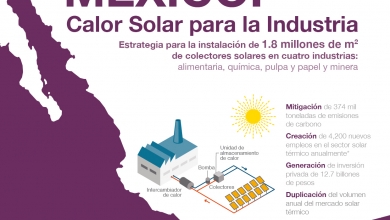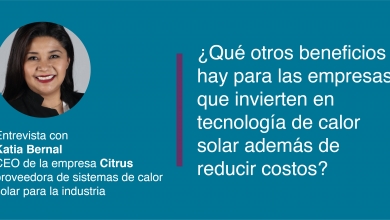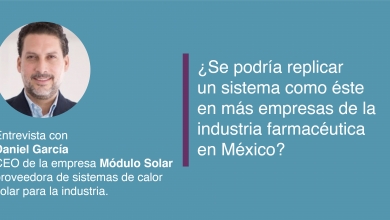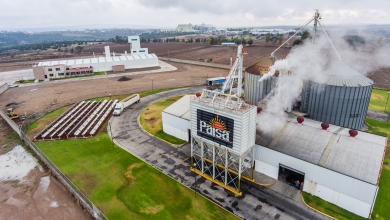Record Participation at Solar Heat for Industry Webinar
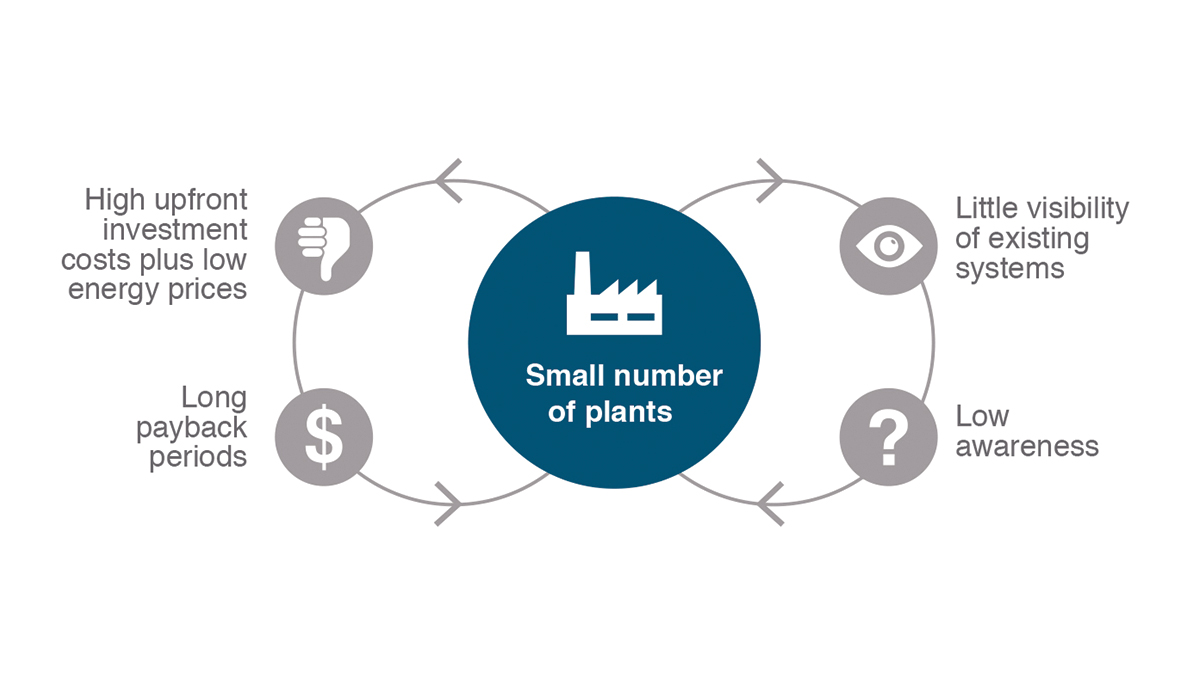
This shows the great expectations of planners, collector manufacturers and research institutions in this solar thermal application. Solar Payback partner solrico presented selected results from the technology brochure Solar Heat for Industry. The recording of the webinar is available online.
Tough challenges ahead
The webinar speakers agreed that there was great momentum for SHIP. But they also addressed several technical and market challenges which need to be tackled to break the vicious circle of low deployment rates:
- Design hybrid models with energy efficiency measures and other renewable energy sources (biomass, biogas, heat pumps) in mind;
- Up competitiveness by reducing the cost of technologies and devising new solar heat supply models;
- Develop industrial solutions as ´prosumers`: connect with district heating networks and integrate waste heat recovery;
- Greatly step up communication efforts to raise awareness of SHIP among potential customers in industry;
- Implement measures for raising energy prices (e.g., carbon tax) or stipulating a renewable quota in certain industries.
Useful online tools and reports from Task 49
Researchers presented also reports and useful tools based on the work of IEA Solar Heating and Cooling Programme Task 49, Solar Heat Integration in Industrial Processes (2012 to 2015). The most visible outcome of Task 49 is certainly the online database SHIP-plants.info, which lists 253 finished installations totalling 194,343 m² (111 MWth). The database can be searched by country, application, solar supplier, collector technology, etc.
Another online database was presented by Task 49 coordinator Christoph Brunner from Austrian research institute AEE INTEC. The Wiki Web’s Energy Efficiency Finder includes a table showing the most important industrial sectors for solar process heat (link to http://wiki.zero-emissions.at/index.php?title=EFFICIENCY_FINDER): automotive, chemicals, food, leather, metal and textiles. There are solar integration designs available for most major production processes, and parameters are listed for several industrial sectors. Brunner explained: “The Efficiency Finder offers a practical overview to engineers and planners who haven’t yet familiarised themselves with the industrial-scale production of the technology.”
